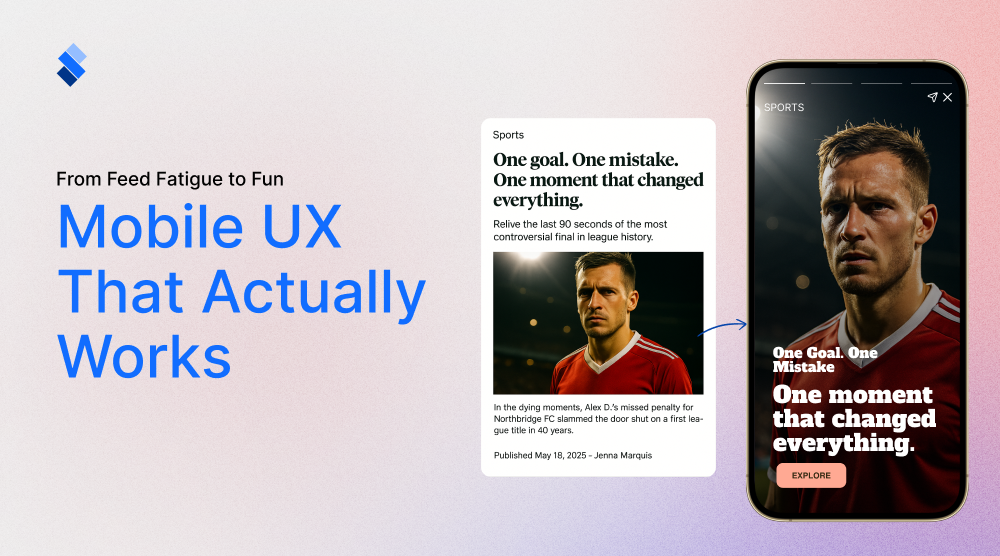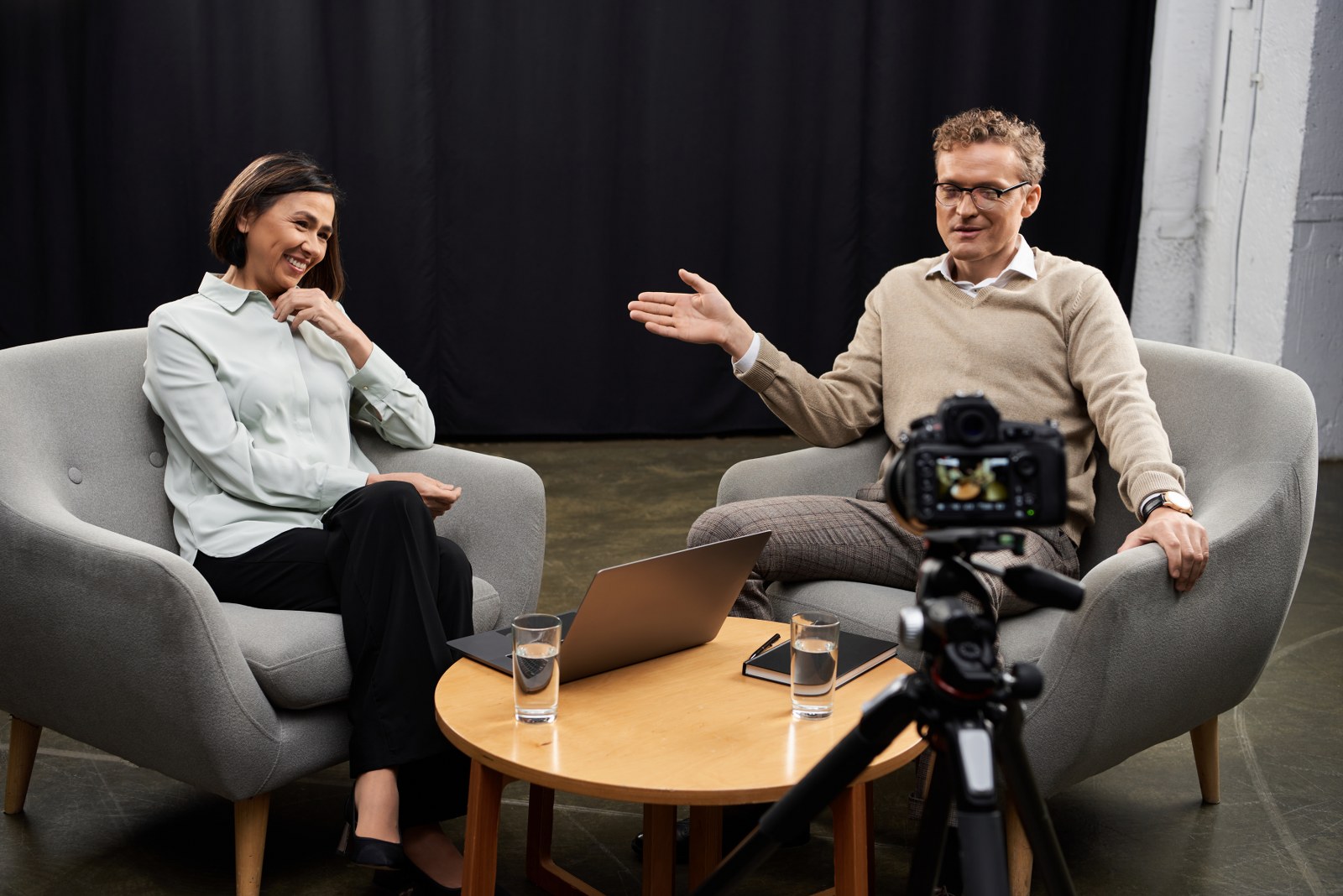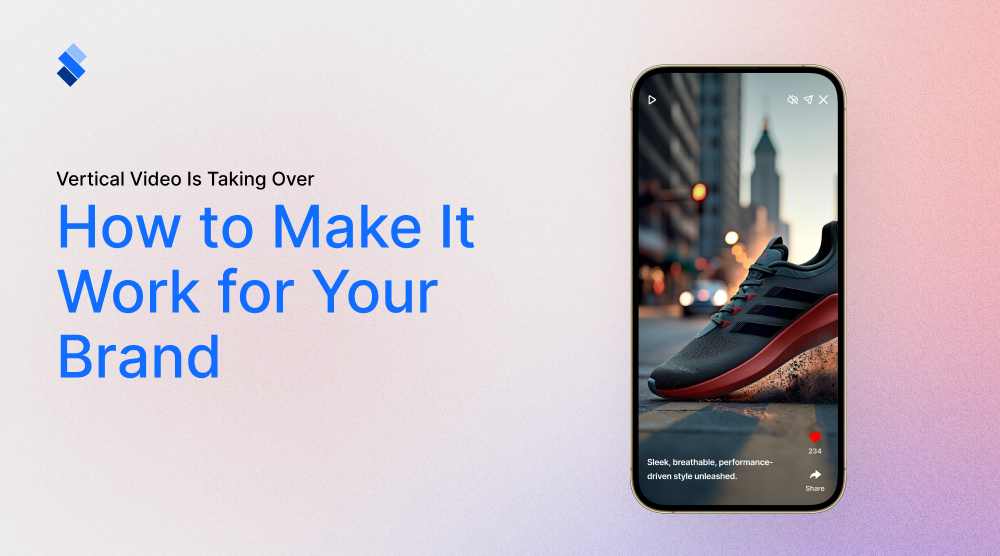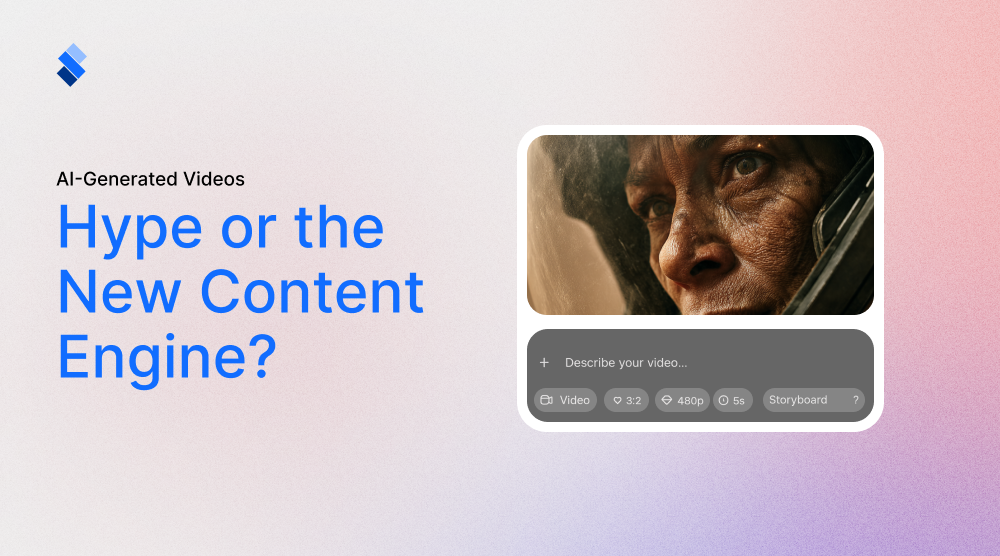From Feed Fatigue to Fun: Mobile UX That Actually Works
Let us help you combat feed fatigue and boost engagement. Learn how mobile UX with Stories, Shorts, and live community layers can transform passive scrolling into active, fun, and purposeful journeys for your audience.

Mobile phones are truly an underappreciated commodity. It's somewhat weird to consider that the largest library that ever existed is in our pocket. An essentially limitless amount of knowledge, wisdom, and art is at our disposal at any time of the day. Not to mention that the ability to connect with people from different parts of the world is easy, instant, and free (as long as you have WiFi access). All this is brought by the miracle of technology called a cell phone. Unfortunately, we mostly use this miracle of technology to go through social media. And while the endless content feed does provide some comfort, it can often be difficult to actually pay attention to what it is saying. This is not only concerning for the general mental health, but also for the content creators who wish to tell a story through their posts. So, is there a way to optimize mobile UX to actually engage viewers? Let's find out.
Understanding content feed fatigue
Modern content fatigue begins with the very setting of our digital environments. Unlike a book with a final chapter or a magazine with a back cover, the stream of content engineered by social platforms has no end. This design is intentionally bottomless, leveraging our innate curiosity and fear of missing out to keep us scrolling. However, this constant, unending flow transforms our phones from tools into taps. What it does is flood our cognitive space with a relentless flood of information, opinions, and entertainment. And with AI-powered personalisation, it will only become more difficult to bring the content to the desired audience. The viewer is placed in a passive position, a mere spectator on a conveyor belt of content, where the only way to stop is through sheer exhaustion or willpower.
The problem of cognitive overload
At its core, content fatigue is a direct result of cognitive overload. Every piece of content we encounter, be it a news article, a friend's vacation photo, a viral video, or a political debate, requires a micro-decision. Do I stop and engage? Do I like it? Should I read the comments? Can I absorb its emotional tone? Our brains have a finite capacity for this kind of decision-making and emotional processing.

The feed, however, presents these decisions not in a manageable trickle but in a firehose blast. Every piece of content wants your full attention, which is why they blast you with everything they've got. This leads to decision paralysis, where the user, overwhelmed by choice, defaults to a numb, continuous scroll. They absorb very little and experience even less. The experience becomes one of glazed eyes and a tired thumb, rather than genuine connection or enjoyment.
The perception of wasted time and shallow engagement
How does this fatigue feel? Well, it tends to manifest as a profound sense of emptiness and wasted time. You can spend an hour scrolling, only to look up and feel like you have done nothing at all. The content blends into a forgettable blur because the format encourages breadth over depth. You have consumed dozens of posts but have not truly connected with any of them. Like eating a bag of chips instead of cooking a nourishing meal.

Add to this that content isn't always made to make us feel better, but to make us feel that there is something missing in our lives. And that by buying into that something, our lives would be better. In this regard, social media content can be seen as a curated highlight reel of seemingly everyday lives that are notably better than ours. And if we start comparing our lives to what we see on social media, it is quite normal to get a feeling of inadequacy.
The vicious cycle of personalizatized feed
Algorithms are brilliantly tuned to capture our attention by feeding us more of what we have previously engaged with. While this does bring content that we will find interesting to the forefront, it also creates a vicious cycle. If you watch one stressful news clip, the platform serves you ten more, heightening your anxiety. If you linger on a post about burnout, your feed becomes a mirror of your own exhaustion. The algorithm doesn't really make a difference between engagement for enjoyment. As such, it can narrow your world into a tunnel of repetitive themes and emotions. This makes it nearly impossible to stumble upon a genuinely refreshing or different experience. You are being shown exactly what you're predicted to click on, not necessarily what you need or what would truly fulfill you.
How to make it work
All this paints a fairly gloomy picture. Instead of using our smartphones to educate ourselves or connect with others, we use them to endlessly scroll and then feel bad about doing so. So is it even possible for modern brands to engage their viewers? Luckily, it is. With the right approach, you can gain traction, even with a fatigued viewer, and yank them from the gloom of endless scroll to provide a bit of interesting, worthwhile content.
Shifting from endless consumption to purposeful journeys
A good strategy to combat feed fatigue is to focus on education instead of entertainment. To do this effectively, you'd have to avoid the aimless, horizontal scroll and opt for visual interactive storytelling. Educate your viewers by taking them through a longer story that is:
- Filled with valuable information
- Non-passive
- Adaptable to their interests and knowledge
In this regard, Stories and Shorts can be quite useful. Firstly, they are inherently navigational. Each tap or swipe is a deliberate choice to move forward or backward through a sequence. This simple interaction transforms the user from a passive passenger on a content conveyor belt into an active driver exploring a path. Smart UX design can amplify this by creating thematic "packs" or "chapters" of Stories, guiding users through a longer, more informative story. Like a day in the life, a step-by-step tutorial, or a behind-the-scenes tour, rather than throwing isolated posts at them. By telling a longer, more informative story, you will give your viewers a sense of purpose and completion that the infinite feed fundamentally lacks.
Using narrative in combating feed fatigue
A big problem to overcome is the readiness of viewers to go through longer bits of content. It seems that the modern content feed has shrunk our attention span so much that we will only pay for 8 seconds max. This, fortunately, is false. While the general attention span is relatively short, people are still quite willing to go through longer bits of content. Just as long as the content is well-written and well-paced.

The main idea is that the narrative structure gives the user a reason to keep tapping. Even though endless scrolls keep users glued to their screens, they do so out of passive compulsion. What narrative structure relies upon is active curiosity and a desire to see "what happens next." It replaces the fatigue of endless choice with the satisfaction of a coherent experience. This makes engagement feel intentional and rewarding rather than random and draining. Let's go through an example to make this clearer.
Example 1: The "Launch unveiling" by a tech company
A tech company is launching a new product. They can choose to do so the old-fashioned way with a single, static announcement post. But they understand that doing so will only drown their content in the endless feed. So, they opt for an alternative. They choose to combat feed fatigue by using a multi-part Story narrative. Instead of one overwhelming data dump, they look to build anticipation and education over a series of chapters.
- Chapter 1: The Problem - A Short video opens with a relatable pain point their audience faces (e.g., a clunky work process), creating an immediate "hook" of recognition.
- Chapter 2: The Tease - The next Story shows a cryptic, close-up shot of the new device's sleek design or a unique feature, using a poll sticker to ask, "What do you think this is?"
- Chapter 3: The Reveal - The next segment is the full product unveiling, a dynamic video that positions the product as the hero solving the initial problem.
- Chapter 4: The Deep Dive - A final series of Stories can use Q&A stickers or a "Swipe Up" to a spec sheet, allowing interested users to engage further without cluttering the narrative for casual viewers.
This narrative arc transforms a mundane announcement into an engaging, week-long event. If made properly, users will look forward to following, effectively pulling them out of the fatiguing feed and into a branded, purposeful journey.

Embedding playful interaction within the content
The true potential of the Stories format, in particular, is its ability to embed interactivity directly into the content stream. By transforming a monologue into a dialogue, brands can jank viewers out of passivity and have them interact with your content, and ideally with each other and the broader community. Unlike a feed post, where engagement occurs after consumption in the form of a comment, Stories weave the engagement into the experience itself. This transforms the act of watching from a passive state into an active, playful one.
Smart UX leverages this by strategically deploying interactive elements that are both fun and low-friction for the user. These include:
- Polls and Quizzes - for instance, gamified feedback.
- Emoji Sliders - to gauge emotional reactions effortlessly.
- Q&A Stickers - to foster direct communication and community.
- Swipe Up" or "Tap See More" to create seamless bridges from discovery to action.
Each of these features breaks the fourth wall, asking for the user's opinion and making them a participant in the narrative. This active participation is a powerful antidote to the passive fatigue induced by the traditional feed.
Transforming viewers into a community
Perhaps the most potent evolution of this format is the integration of a real-time community layer through live features. This can be launching a Live video directly from a Story or incorporating a synchronized comment reel on a Short. When integrated properly, these fundamentally shift the dynamic from individual consumption to a shared, collective event. Where feed fatigue thrives on isolation (one person alone with an endless stream of content), a live chat embedded in Story-like content creates an easily accessible chatroom. Users become active participants in an unfolding narrative where their comments and reactions are visible and valued. This transforms the experience from merely watching a video into being part of a conversation, fighting the loneliness of the scroll with the palpable energy of a connected community. Sufficient to say, this makes the engagement feel alive, unpredictable, and genuinely fun. Let's take a look at a real-life example:
Real-Life Example: "The Athletic's" Live Draft Watch Party
The Athletic, a subscription-based sports journalism platform, wanted to boost engagement during the NFL Draft. Instead of just publishing articles, they use a community-driven, interactive strategy to become the go-to second-screen experience. They did so in a couple of stages:
- The Expert Preview: In the days leading up to the draft, their NFL insiders like Dianna Russini and Mike Sando, used Stories to post short videos. These were "briefings" on team needs and rumored trades, which used poll stickers to ask followers, "Will Team X trade up?" After a while, this positioned them as the insider source and built anticipation.
- The Live "War Room" Reaction: During the draft itself, The Athletic went live on their platform with a video stream featuring a panel of their top analysts. The key differentiator was the integrated live chat. The hosts didn't just talk to each other. They actively monitored and responded to the chat, pulling in fan questions and reacting to the crowd's sentiment in real-time.
- Leveraging the Live Chat for Value: The live chat became the core community layer. The hosts used the chat as a pulse of the fanbase. They'll say things like, "The chat is exploding with anger over that pick, and we have to agree, here's the analytics on why this is a reach...". Or "A lot of you in the chat are asking about this late-round QB, let's pull up his scouting report." This made subscribers feel like they are in a massive, informed "war room" with the experts, getting deeper analysis than the TV broadcast provides.
- Driving Post-Event Deep Dives: Immediately after a major pick or trade, they pushed a Story with a "Swipe Up" link. It linked to a just-published, in-depth article on the player or the trade's implications. By doing so, they seamlessly connected the live, communal excitement to their core subscription product, demonstrating the unique value they provide beyond the live moment.

This strategy transformed The Athletic from a static content repository into a dynamic, live community hub. The live chat effectively fought fatigue by making news consumption a social, interactive event. Instead of passively reading an article the next morning, subscribers were actively participating in the story as it broke, alongside experts they trust. This created an unbeatable sense of insider access and community, which was far more engaging than any single article. As a result, this helped to reduce churn and boosted their online presence as the most engaged fans' second screen.
Final thoughts
The path from feed fatigue to meaningful engagement isn't about fighting for attention. It's about changing your approach. By shifting from passive, endless scrolling to active, narrative-driven experiences like Stories and Shorts, you can transform mobile interaction. These formats, rich with purpose and community, honor the user's desire for connection and agency. When used properly, they can turn the smartphone from a source of distraction into a platform for genuine fun and connection. So, let StorifyMe help you out if you are ready to lead this change and captivate your audience!






